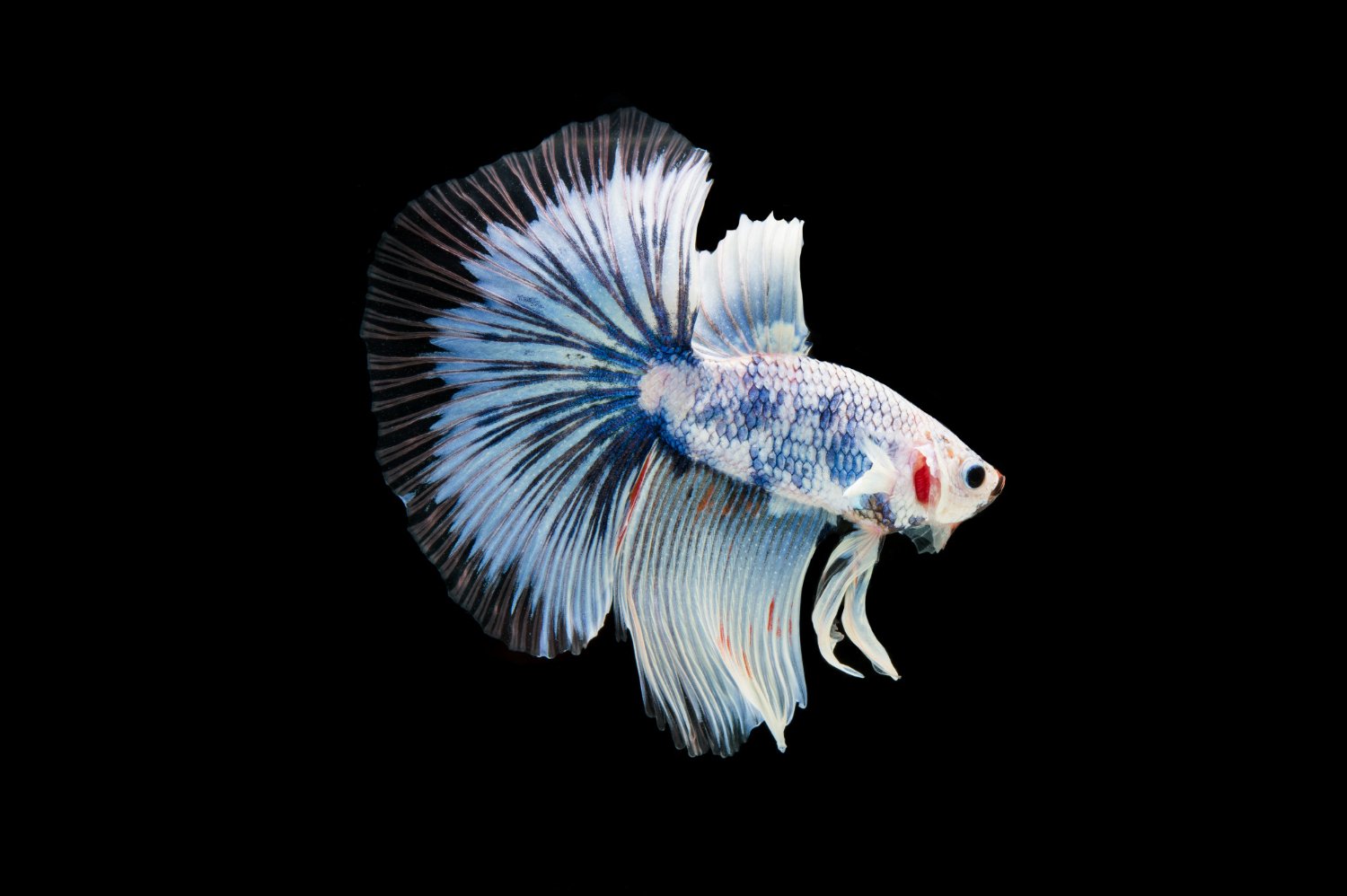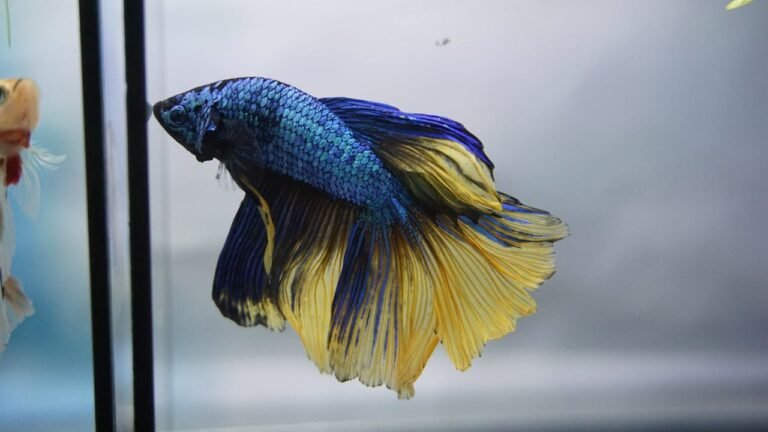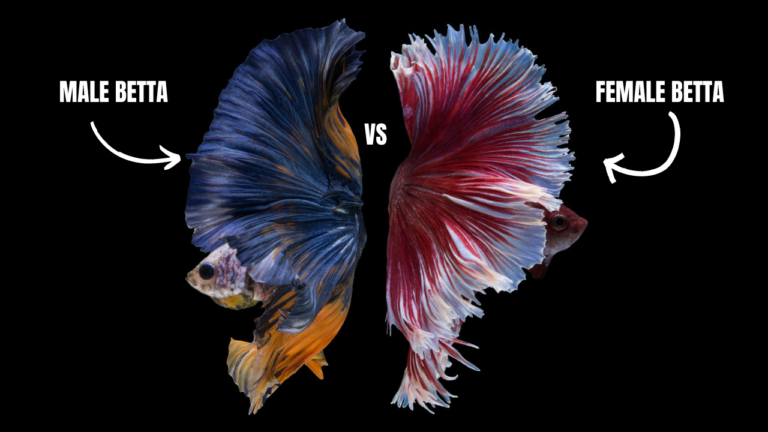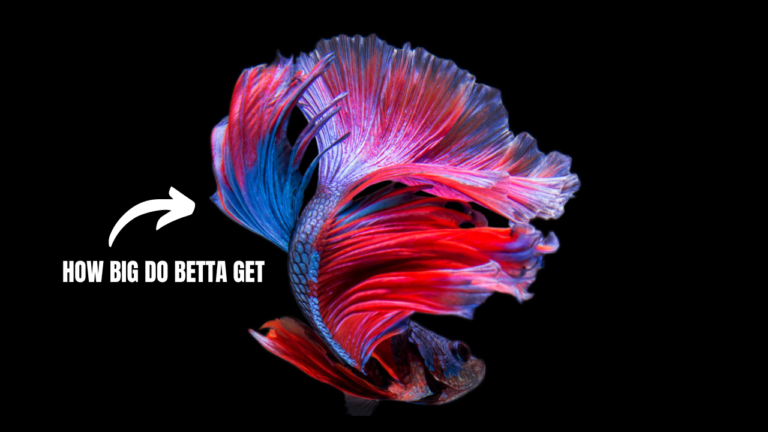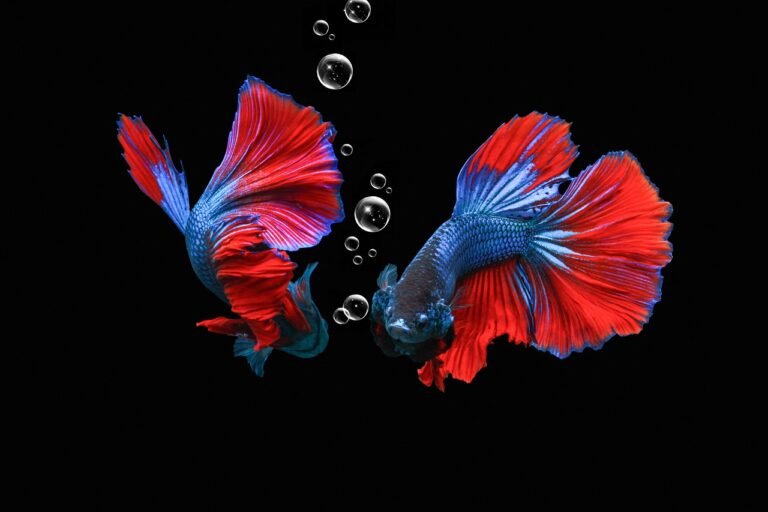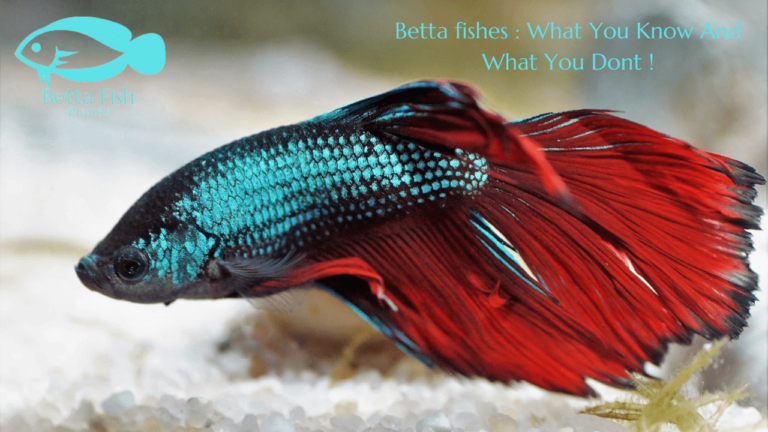As an avid aquarium enthusiast, you’ve likely encountered the captivating half-moon betta fish. These majestic creatures, with their vibrant colors and flowing fins, have captured the hearts of fish enthusiasts worldwide. In this comprehensive guide, we’ll delve into the world of half-moon bettas, exploring their unique characteristics, varieties, and care requirements.
The half-moon betta, also known as the Siamese fighting fish, is a freshwater species native to Southeast Asia’s rice paddies and slow-moving waters. These fish are renowned for their striking appearance, with their elongated fins resembling the shape of a half-moon, hence their name. Famous for their vibrant hues and intricate patterns, half-moon bettas are a true testament to nature’s artistry.
Whether you’re a seasoned aquarist or a newcomer to the hobby, this guide will equip you with the knowledge and insights necessary to appreciate and care for these magnificent creatures. So, let’s embark on a journey to unravel the mysteries of the half-moon betta fish.
Characteristics of Half-Moon Betta Fish
The half-moon betta fish is a member of the Osphronemidae family. It is known for its unique labyrinth organ, which allows it to breathe atmospheric air. This adaptation enables it to thrive in oxygen-depleted environments, making it well-suited for aquarium life.
These fish possess a distinctive body shape, with a slender, elongated form and a flattened head. Their mouths are equipped with protruding jaws, aiding their feeding habits. One of the most striking features of half-moon bettas is their elaborate finnage, which can extend up to twice the length of their bodies.
Half-moon bettas are relatively small fish. Males typically reach lengths of 2.5 to 3 inches (6.35 to 7.62 cm), while females are slightly smaller, ranging from 2 to 2.5 inches (5.08 to 6.35 cm). Their lifespan in captivity can vary from 2 to 5 years, depending on the quality of care and environmental conditions provided.
Half Moon Betta Fish Varieties – Male and Female
There are distinct differences between male and female half-moon betta fish. Male half-moon bettas are the true showstoppers, adorned with vibrant colors and exquisite fin formations resembling half-moon shapes. Their fins are long, flowing, and graceful, creating a mesmerizing display when they swim.
In contrast, female half-moon bettas are relatively subdued in appearance. Their fins are shorter and less elaborate, and their coloration is often more muted. However, their charm remains, as they possess a unique beauty.
It’s important to note that while males are typically more visually striking, females play a crucial role in breeding and ensuring the continuation of the species. Both genders have their own unique qualities and appeal to betta enthusiasts.
Popular Colors of Half Moon Betta Fish – Blue and Purple
Among the vast array of colors found in half-moon betta fish, two hues are particularly captivating: blue and purple. These shades are visually stunning and hold a special place in the hearts of many betta enthusiasts.
- Blue Half-Moon Betta Fish: The blue half-moon betta is a true masterpiece of nature. Its vibrant, electric blue coloration is a sight to behold, reminiscent of the deep ocean depths or a clear summer sky. These fish often display intricate patterns and iridescent hues, creating a mesmerizing effect as they gracefully swim through the water.
- Purple Half-Moon Betta Fish: The purple half-moon betta is a regal and enchanting specimen. Its rich, velvety purple hue is elegant and mysterious, captivating the viewer’s attention. These fish can range from deep, royal purples to lighter, lavender shades, each with unique charm.
While blue and purple are undoubtedly popular choices, it’s important to note that half-moon bettas come in a wide range of colors, including red, yellow, black, and even multi-colored varieties of betta fish breed. Each color has its unique beauty, allowing aquarium enthusiasts to find the perfect match for their preferences and tank setups.
Caring for Half Moon Betta Fish
Caring for half-moon betta fish requires a delicate balance of proper housing, water quality, and nutrition. These fish are susceptible to their environment, and providing them with optimal conditions is essential for their well-being and longevity.
Housing Requirements
Half-moon bettas thrive in a peaceful and serene environment. While they can be kept in smaller tanks or bowls, it is recommended that they be provided with a minimum of 5 gallons (18.93 liters) of water. This allows for sufficient swimming space and helps maintain stable water parameters.
When setting up their tank, consider the following:
- Filtration system: A gentle filter is necessary to maintain water quality but avoid strong currents that can stress the fish.
- Heating: Half-moon bettas prefer warm water temperatures between 76°F and 82°F (24.4°C and 27.8°C).
- Decorations: Use live or silk plants, driftwood, and caves to provide plenty of hiding spots and resting areas.
- Substrate: To prevent damage to the delicate fins, use a fine-grained substrate, such as sand or smooth gravel.
Water Quality and Maintenance
Maintaining pristine water quality is crucial for the health and well-being of your half-moon betta. Regular partial water changes (25-30% weekly) are necessary to remove waste and replenish the water with fresh, dechlorinated water.
Monitor and maintain the following water parameters:
- pH: Aim for a range of 6.5 to 7.5, as bettas prefer slightly acidic conditions.
- Ammonia and Nitrite: These should be kept at 0 ppm (parts per million) to prevent toxicity.
- Nitrate: Maintain levels below 20 ppm for optimal water quality.
Feeding and Nutrition
Half-moon bettas are carnivorous and thrive on a varied diet of high-quality protein sources. Offer a combination of live, frozen, and dried foods, such as brine shrimp, bloodworms, and specially formulated betta pellets or flakes.
Feed your half-moon betta small portions, 2-3 times a day, as much as they can consume within a few minutes. Overfeeding can lead to water quality issues and potential health problems.
Half Moon Betta Fish as Pets – Pros and Cons
Keeping half-moon betta fish as pets can be a rewarding and enriching experience, but it’s essential to consider the pros and cons before making a commitment.
Pros:
- Stunning Appearance: The mesmerizing beauty of half-moon bettas, with their vibrant colors and flowing fins, is a true visual delight that can bring joy and tranquility to any aquarium setup.
- Peaceful Demeanor: Despite their reputation as “fighting fish,” half-moon bettas are generally calm and can make excellent community tank inhabitants when housed appropriately.
- Low Maintenance: With proper care and housing, half-moon bettas are relatively low-maintenance pets, making them suitable for both experienced and beginner aquarium enthusiasts.
- Personable Nature: Many betta owners report that their fish develop unique personalities and can even recognize their owners, adding an extra layer of enjoyment to the hobby.
Cons:
- Territorial Behavior: While generally peaceful, male half-moon bettas can become aggressive towards other males or fish with similar coloration or fin shapes. Proper tank setup and tankmate selection are crucial.
- Sensitivity to Water Quality: Half-moon bettas are susceptible to changes in water quality, requiring diligent maintenance and monitoring to ensure their well-being.
- Potential Fin Damage: Half-moon bettas’ elaborate finnage can be damaged by sharp decorations, aggressive tankmates, or strong currents, requiring careful tank setup and monitoring.
- Limited Lifespan: Half-moon bettas can live for several years with proper care, but their lifespan is relatively short compared to other freshwater fish species.
By weighing the pros and cons, you can decide whether keeping half-moon betta fish as pets aligns with your lifestyle and commitment level.
Breeding Half Moon Betta Fish – Tips and Techniques
For those interested in breeding half-moon betta fish, it’s essential to understand the process and follow proper techniques to ensure successful spawning and healthy offspring.
Preparing for Breeding
- Conditioning: Before breeding, it’s crucial to condition both the male and female betta fish by providing them with a high-quality, protein-rich diet. This helps promote their overall health and enhances their breeding readiness.
- Breeding Tank Setup: Set up a dedicated breeding tank, typically around 10 gallons (37.85 liters) in size. Provide a shallow water depth, plenty of live plants for spawning sites, and a gentle sponge filter to maintain water quality without creating solid currents.
- Water Parameters: Maintain optimal water parameters, including a temperature range of 78°F to 82°F (25.6°C to 27.8°C), a pH between 6.5 and 7.5, and low levels of ammonia, nitrites, and nitrates.
Spawning and Rearing
- Introducing the Pair: Carefully introduce the male and female betta fish to the breeding tank, allowing them to display their courtship behavior and build a bubble nest.
- Spawning Process: Once the pair has successfully spawned, carefully remove the female to prevent potential aggression from the male towards her.
- Paternal Care: Male half-moon bettas are excellent fathers who diligently care for the eggs and fry (baby fish) by fanning them with their fins and moving them to the bubble nest.
- Fry Care: After the fry hatch and become free-swimming, provide them with infusoria and microforms, and eventually, brine shrimp or finely crushed flakes as they grow.
- Water Changes: Perform frequent, small changes to maintain water quality and remove waste, promoting healthy fry development.
Breeding half-moon betta fish can be a rewarding experience. Still, it requires patience, attention to detail, and a commitment to properly care for the breeding pair and the resulting offspring.
Half Moon Plakat Betta Fish – A Unique Variation
While the traditional half-moon betta fish is a captivating sight, another variation that has gained popularity among enthusiasts is the half-moon plakat betta. This unique breed combines the stunning finnage of the half moon with a shorter, stockier body shape.
The half-moon plakat betta fish is a relatively new development from selective breeding efforts. These fish possess the same vibrant colors and intricate patterns as their longer-finned counterparts, but their compact bodies and shorter fins make them more agile swimmers.
Caring for half-moon plakat bettas follows similar guidelines as regular half-moon bettas, with a few minor adjustments. Due to their shorter fins, they may be better suited for tanks with moderate water flow, as their fins are less likely to become damaged or stressed by strong currents.
Pricing and Cost of Half Moon Betta Fish
Costs of half-moon betta fish can vary significantly depending on several factors, including the fish’s quality, rarity, and source.
- Pet Store/Local Breeder: You can expect to pay anywhere from $5 to $20 for a standard half-moon betta fish at local pet stores or from hobbyist breeders. These fish may have basic coloration and fin patterns but can still make beautiful additions to your aquarium.
- Online Retailers/Specialized Breeders: Prices can range from $20 to $50 or even higher for more unique or rare varieties, such as high-quality half-moon plakat bettas or specific color morphs. Online retailers and specialized breeders often offer a more comprehensive selection of exceptional specimens.
- Show Quality/Imported Bettas: If you’re seeking show-quality or imported half-moon betta fish, be prepared to invest a significant amount. Depending on their pedigree, rarity, and exceptional finnage or coloration, these fish can cost anywhere from $50 to several hundred dollars.
It’s important to remember that while cost is a factor, the health and quality of the fish should be the primary consideration. Reputable sources prioritize responsible breeding practices and proper care, ensuring you receive a healthy, vibrant half-moon betta fish.
Takeaways
As we conclude our exploration of the captivating world of half-moon betta fish, it’s evident that these magnificent creatures hold a special place in the hearts of aquarium enthusiasts worldwide. Their exquisite beauty, unique personalities, and relatively low maintenance requirements make them an excellent choice for novice and experienced aquarists.
The diversity within the half-moon betta species is genuinely remarkable, from the stunning blue and purple varieties to the unique half-moon plakat variation. Whether you keep them as pets, breed them, or admire their graceful movements, these fish will surely bring a touch of elegance and tranquility to any aquatic setup.
Remember, caring for half-moon betta fish requires a delicate balance of proper housing, water quality maintenance, and a varied, protein-rich diet. By providing them with the optimal environment and attention, you can ensure their health, longevity, and the opportunity to showcase their full splendor.

